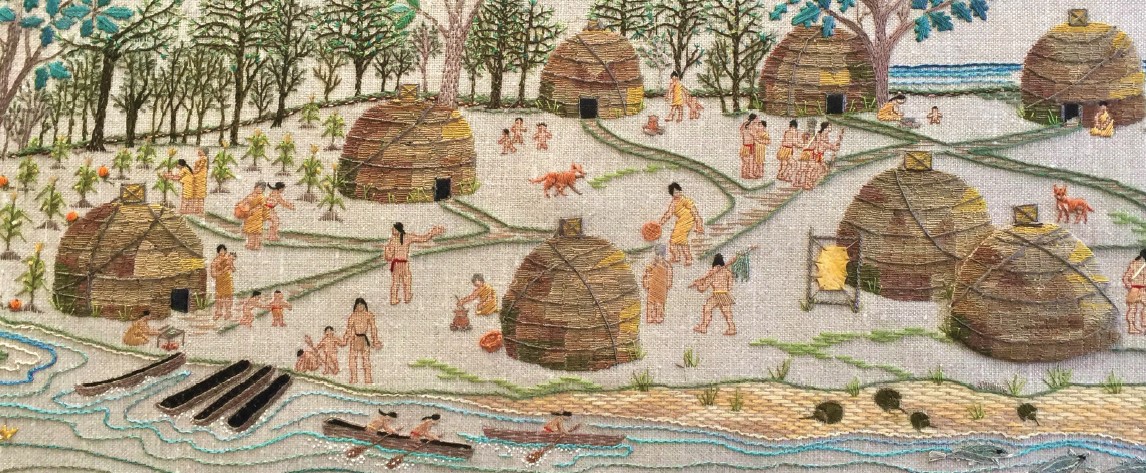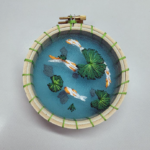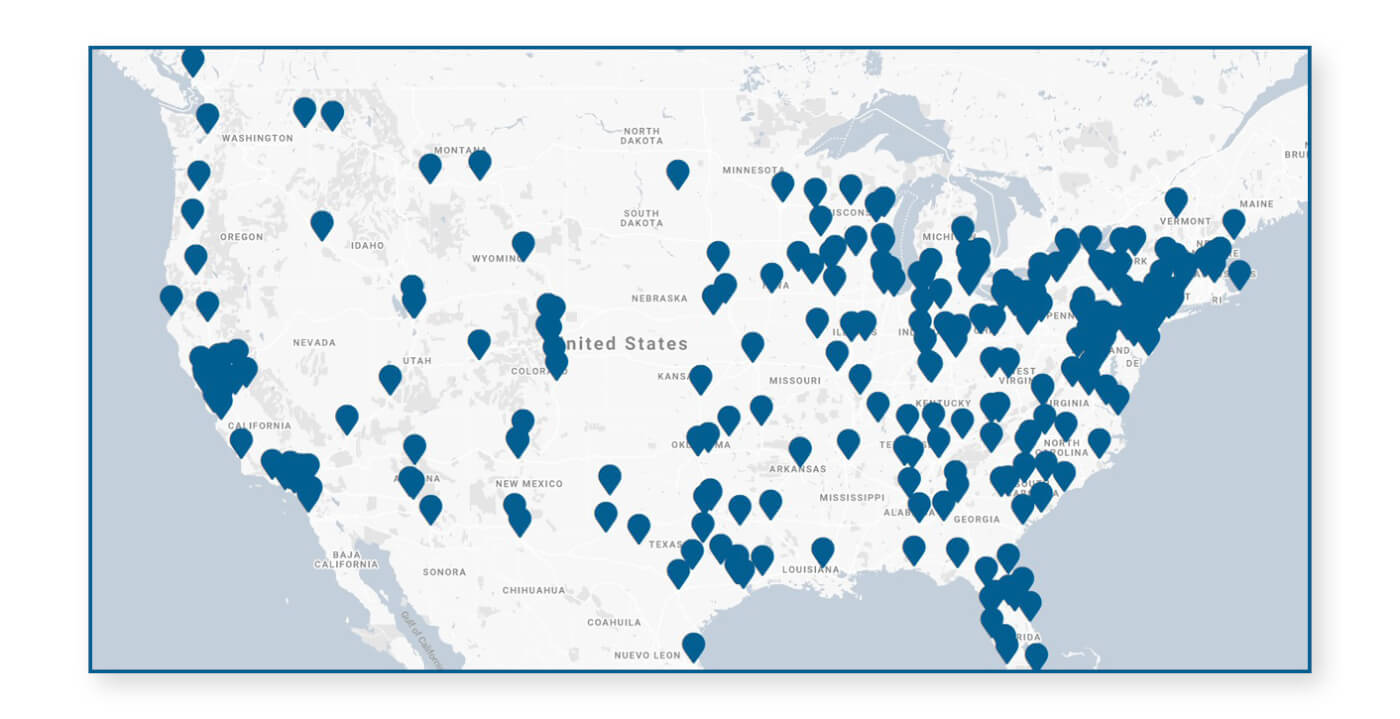On Sunday, January 14, 2024 1PM Eastern, Ann Strite-Kurz will be joining us for a virtual lecture on EGA history from 1960 to 1980.
Registration for this live lecture is now open to EGA members and closes on January 12, 2024 at 1PM Eastern. This registration period is only to attend the live virtual lecture on Sunday, January 14, 2024 1PM Eastern.
Join Ann Strite-Kurz as she shares a look at the beginnings of EGA! Margaret Parshall founded a needlework school in Millbrook, NY and recruited Erica Wilson in 1954 to be the first teacher followed by two other Royal School of Needlework graduates along with Olga Hansen from Denmark. In 1958 Mrs. Parshall (along with two New York City friends) became the nucleus in establishing a branch of The Embroiderers’ Guild of London (founded in 1906) in New York. In 1970 EGA withdrew from the London Guild and The Embroiderers’ Guild of America came into being with headquarters on Lexington Ave. Ann was fortunate to live in Poughkeepsie, NY from 1963-1969 during Olga Hansen’s tenure at the Millbrook School. She eventually moved to Ridgefield, CT where she joined both the Conn. River Valley Chapter of EGA along with the Westchester Chapter. She also helped to create the Fairfield Co. Chapter of EGA. Ann’s journey in discovering needlework overlapped with what she calls the “renaissance” of interest in hand embroidery and the early growth years of EGA. Many of the leaders in this growth were both friends and mentors to Ann, and the lecture covers many of the individuals she encountered along with the growth in educational opportunities, exhibitions, new thread companies and publishing opportunities.
Ann Strite-Kurz has been an active designer and teacher for forty years. She is NAN certified and is an EGA Master Craftsman in Canvas Embroidery. Ann specializes in innovative stitch treatments and has published six books on different styles of composite patterns, including diaper patterns, creative couching patterns, backgrounds and other open patterns. She also received the 2010 ANG Literary Award and she was a feature writer for Needlepoint Now for ten years.
Click here to register!
In Case You Missed It: This year we announced changes to our Virtual Lecture Series process, which among other things includes an exciting update allowing up to 500 members to participate and access to some recordings of our virtual lectures!
Virtual lectures Coming Soon
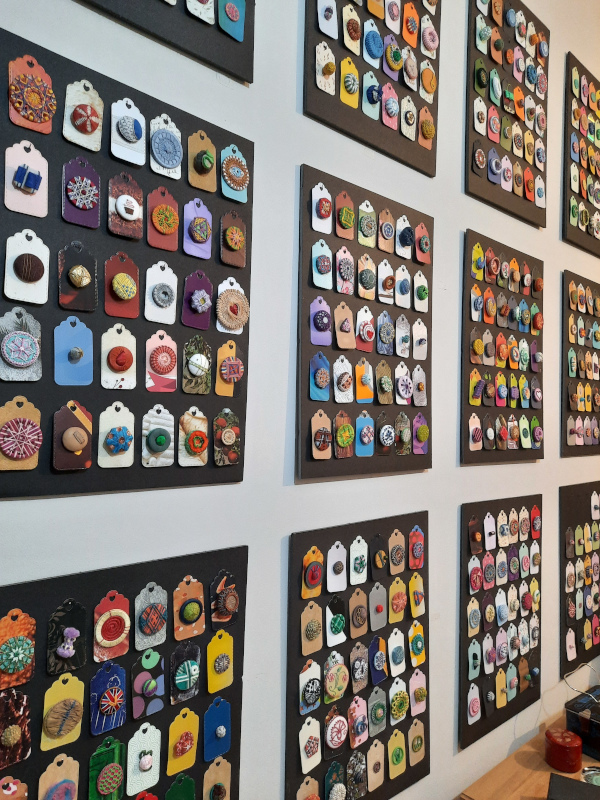
Coming Soon: Samplers of the Netherlands – or not! with Susan Greening Davis — Habsburg Netherlands, Dutch Republic, Batavian Republic, Kingdom of Holland, The Netherlands……so many names AND SO much needlework! From The Isle of Marken, Amsterdam, Black Samplers, and Friesland/Leeuwarden, to name a few. Darning, Stoplappen, Merklappen, and Stickmustertucher – Souvenir Sewing Rolls – such a wealth of samplers! The Dutch had very specific meanings for their motifs and what type of work was done in what region. Susan looks forward to sharing this with you. Live Lecture Date: Saturday February 10, 2024 1PM Eastern Live Lecture Registration: January 22 – February 8, 2024 1PM Eastern Get a reminder!
Coming Soon: Curiously Wrought – A Closer Look at Needleworked Buttons with Gina Barrett —Using thread to create and decorate buttons has a long history. This talk will look at the types of needlework found on buttons, with a focus on those found during the 19th century. We’ll take a look at examples in Gina Barrett’s collection, and discuss the people who made these little works of art. Live Lecture Date: Saturday April 13, 2024 1PM Eastern Live Lecture Registration: March 25 – April 11, 2024 1PM Eastern Get a reminder!
Coming Soon: Measuring Millimeters on a Napoleonic-Era Dress Coat with Liz Tapper – Liz Tapper was commissioned in 2021 to recreate the embroidery for a military dress coat. The coat was to be a replica of that worn by one of Napoleon I’s aide de camps in the early 1800s in France – the original now held in a museum. It was to be worked in goldwork using a variety of metal threads and to very exacting dimensions. This is the story behind the process. Live Lecture Date: Saturday September 14, 2024 1PM Eastern Live Lecture Registration: August 19 – September 12, 2024 1PM Eastern Get a reminder!
Virtual Lecture Recordings Available
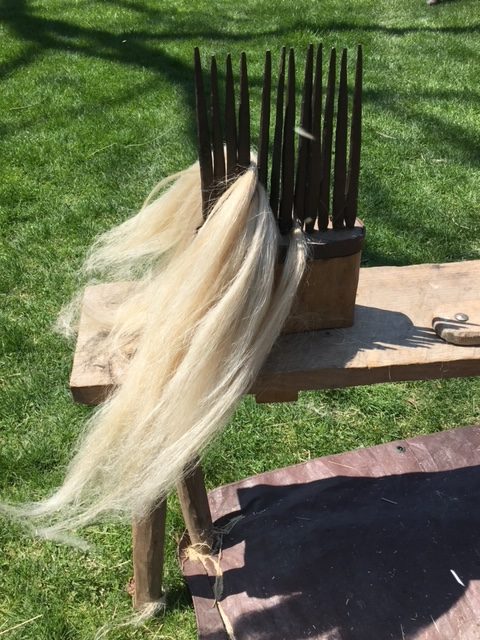
Recording Now Available: Linen: The Journey From Seed to Cloth with Ellen Phelps — What do you really know about the linen cloth you stitch on or linen thread that you stitch with? In order to gain an appreciation of the linen thread that we use in our weaving, the Frances Irwin Handweavers Guild set out on a 2-year journey to learn about linen. From preparing the garden and growing, reaping, and preparing flax to be spun into linen thread and woven into cloth, guild members experienced these processes literally from the ground up! Come along with us on this journey as we share our experiences with you so that you, too, can learn more about the linen you hold in your hands. Get access to the recording!

Recording Now Available: The Plymouth Tapestry with Donna Curtin — Museum Director Donna Curtin describes how the Plymouth Tapestry project came to be, how the Tapestry is being made, and shares images and film clips of this remarkable masterwork-in-the-making, including the ten six-ft. long embroidered panels completed to date. Get access to the recording!
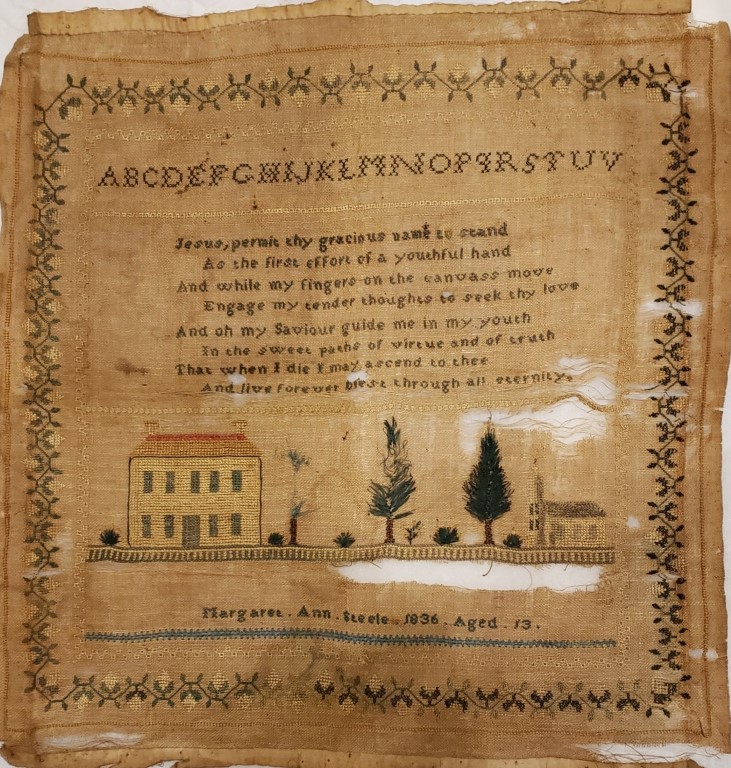
Recording Now Available: Stitches in Time: Textile Conservation for the Needleworker with Newbie Richardson — Stitches in Time: Textile Conservation for the Needleworker will focus on the unique needs of needlework, quilts, and embroidery in terms of preventive conservation, stabilization, display, and repair. I’ll provide information on hydrating, mounting, framing, wet and dry cleaning, and some repair techniques you can do at home. I will show some real-world examples of damage and solutions with common sense explanations for what you can do to save your precious family heirlooms for the generations going forward. Remember, if we hide our textile heritage away in hopes of keeping it safe, then our children and grandchildren will not know it exists and it will be lost forever. There are ways to safe guard our textiles and enjoy them as well. Get access to the recording!
